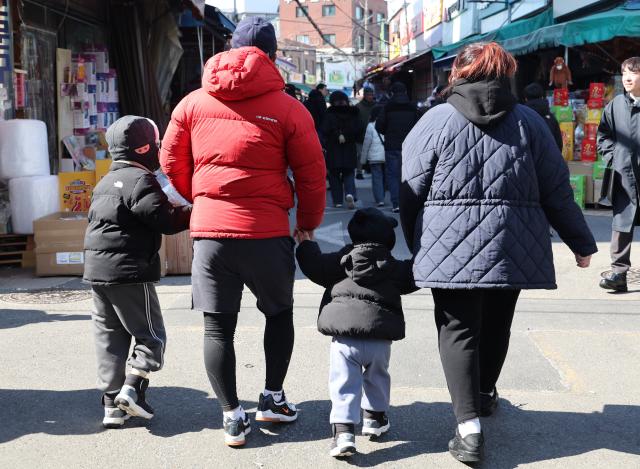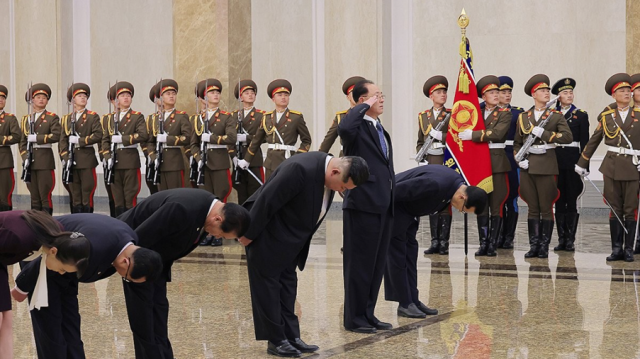
SEOUL, February 23 (AJP) - For the first time, more than 30 percent of all parental leave users in South Korea were fathers last year, showing that more men are willing to take time off to care for their children.
According to the Ministry of Employment and Labor on Sunday, 256,771 people used work-life balance programs, such as maternity and parental leave, in 2024. This is an increase of 7.2 percent compared to the previous year. In South Korea, it is still uncommon for men to take parental leave, as traditional gender roles and workplace culture often discourage fathers from taking time off for childcare. Many men worry about being judged or facing negative career consequences.
Out of all parental leave users, 132,535 people took time off to care for their children, up 5.2 percent from the previous year. Men made up 41,829 of these users, accounting for 31.6 percent—the first time men have exceeded 30 percent since the policy was introduced. In 2023, men accounted for 28 percent.
In 2015, only about 5 percent of men took parental leave. This means the number has increased nearly ninefold in just nine years.
This trend continues in 2025. In the first month of the year, the number of men taking parental leave rose by 69.2 percent compared to the same period last year. This is higher than the overall increase in parental leave users, which was 42.6 percent.
Most parents are taking leave when their children are under 12 months old. Eighty percent of women and about 47 percent of men took leave during their child’s first year.
More than half of parental leave users worked at small and medium-sized enterprises (SMEs). Around 45 percent worked at companies with fewer than 100 employees.
The average length of parental leave was about 9 months for women and 8 months for men.
More people are also choosing to reduce their working hours instead of taking full parental leave. Last year, about 26,600 people used this option, up by 14.8 percent from the previous year. This increase is nearly three times higher than the growth rate for full parental leave users.
This option was especially popular among SME employees, who made up nearly two-thirds of all users—higher than the proportion of SME employees taking full parental leave.
Minister of Employment and Labor Kim Moon-soo said in a statement: "We are dedicated to ensuring that all working parents can balance their careers and family responsibilities without worry. We will do our best to make sure the expanded work-life balance policies introduced this year are effectively implemented in workplaces."
Copyright ⓒ Aju Press All rights reserved.





View more comments